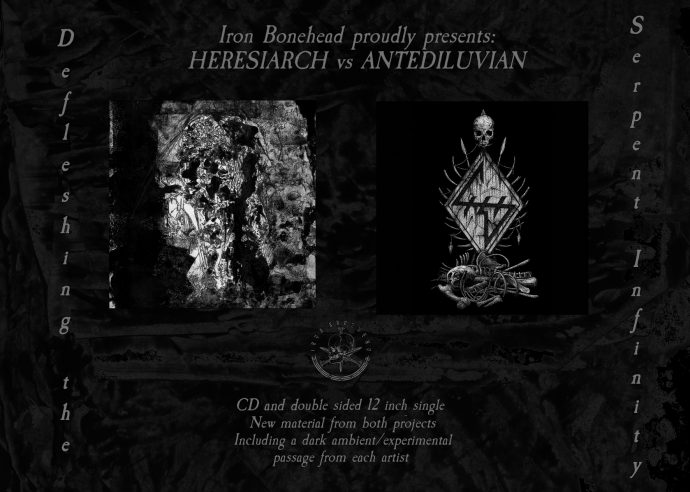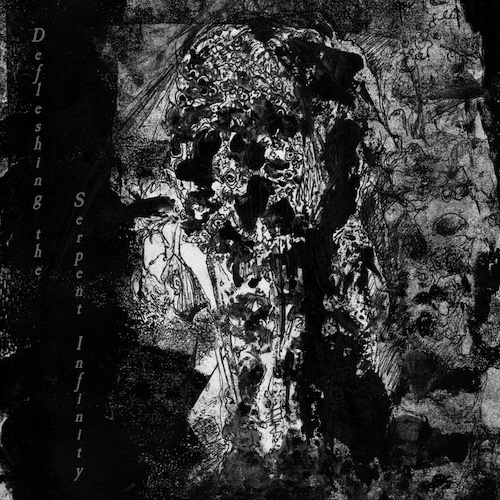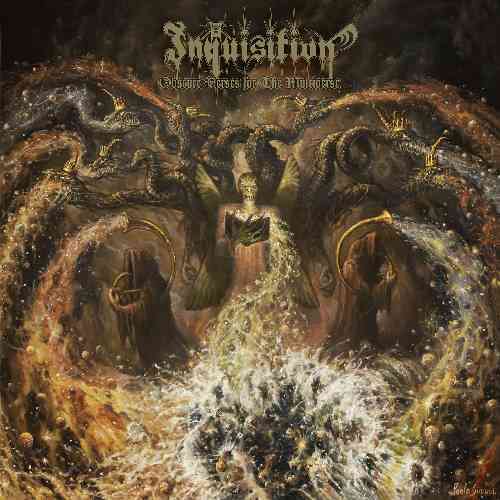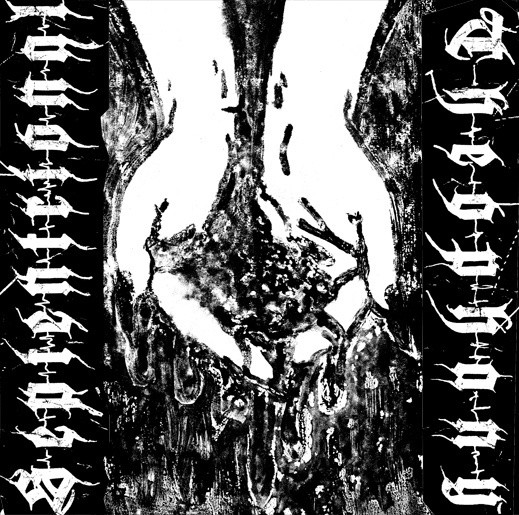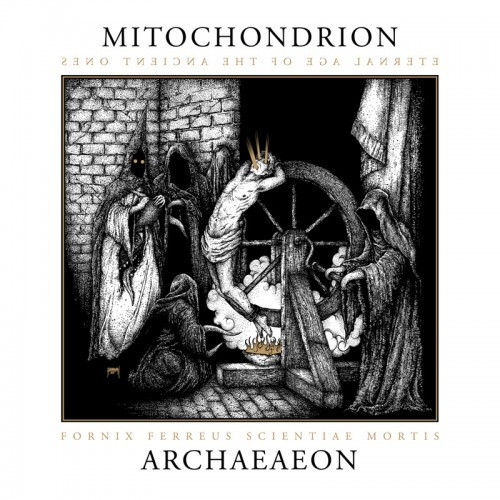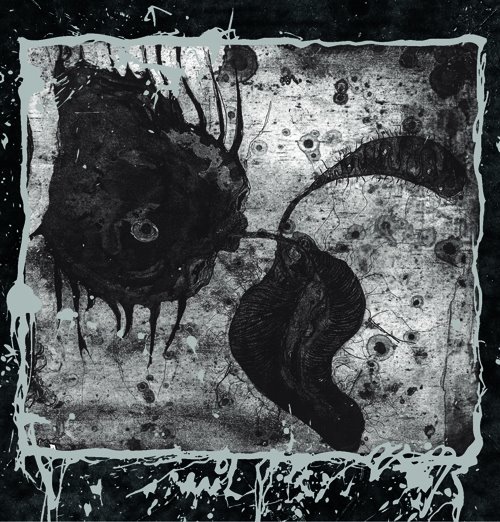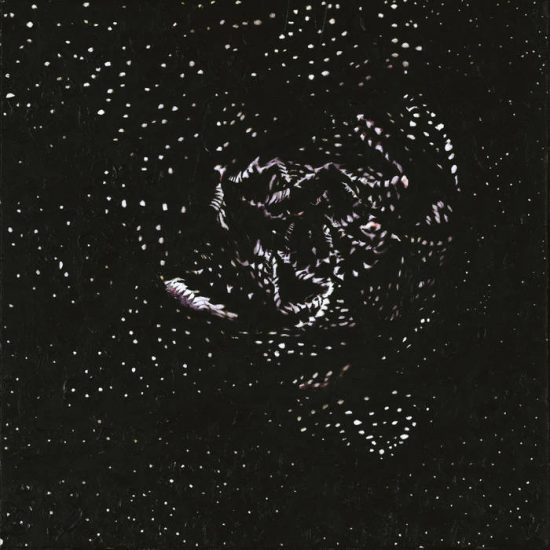
Antediluvian‘s first album in more than eight years is a hydra-headed black/death monster. More than an hour in length, spread across 11 tracks, The Divine Punishment thematically explores ranging manifestations of carnal deviance and perversion, reveling in manifold forms of sexual blasphemy through sound. And what sounds these are!
The heads of this hydra writhe, changing places in your mind’s eye and also joining together to create visions of ultimate horror and depraved ecstasy. The music has an experimental quality, as if searching for the perfect potion of degradation and desire. Its contortions are unpredictable, its effects multifarious, its overarching impact both nightmarishly unnerving and wickedly seductive.
The album defiantly challenges attempts to describe it in conventional terms, though of course we’ll nevertheless throw caution to the winds and add further impressions. But thankfully we also have a full stream of the album just a few days before its September 1 release by Nuclear War Now! Productions. Continue reading »


